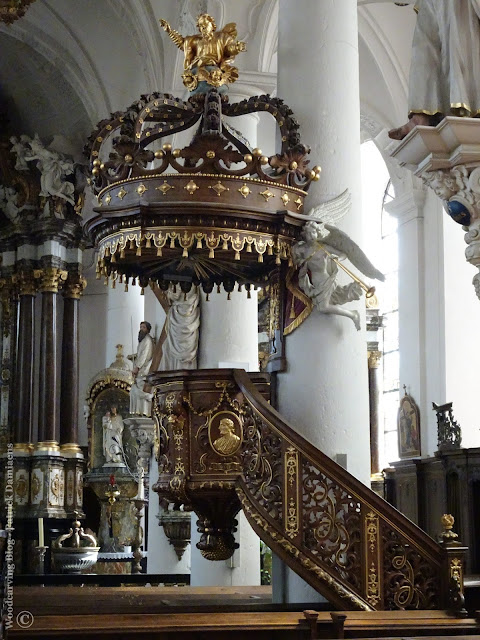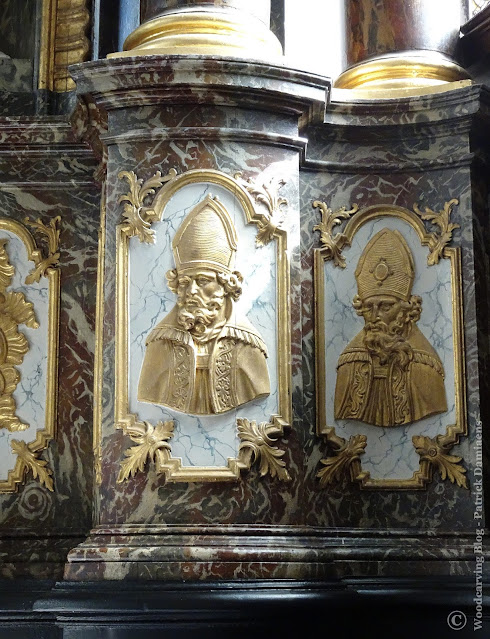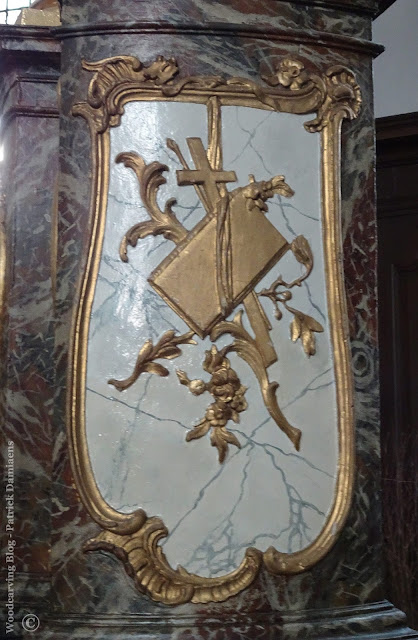Wooden
billboard for a company
To carve a logo in wood.
A blog from : https://www.patrickdamiaens.info
Advertising
board in oak.
It doesn't
happen often that I have the opportunity to carve a logo or a billboard for a
company or a store.
I have
already made small company logos in wood in the past, but the combination of
several company logos with a text on one large board was a special challenge
because of its dimensions. The whole board was made from one single panel.
The manager
of the Costumier Maison D’Longueville and VIP Boutique and his architect had
specific wishes for this sign that had to be placed outside.
Because it
will be exposed to all weather conditions and should also have the classic
characteristics of the building, high quality oak wood was chosen for this
execution.
 |
| Carving a logo in wood | Mont Blanc luxury pens. |
The design
for the 1-meter high board with a width of 80 cm was sent to me by the client
(*). The wood technical aspect required for the execution were -of course-
determined by myself.
The large
frame that forms the edge of the board was completely carved out of the thick
solid oak panel and not mounted on it. This prevents the use of glue and nails
on the frame, that will form openings after a while, a natural property of
wood, resulting in seams and damages due to weather conditions.
The oak
board on the façade serves as a kind of direction indicator. On one hand, it
shows the way to the entrance of the Customier Maison D’Longueville and on the
other hand, it indicates the direction to the VIP Boutique on the first floor
of the building. This exclusive building, run by Kristof d’Hondt and his team,
combines the Customier clothing store on the ground floor with a range of
customized products from Mont Blanc and Lebeau-Courally brands, housed in the
upper level. Appropriately, in addition to the emblem and the name of the
Maison D’Longueville, the logos of these two brands were also sculpted in the
oak.
(*) Designs
and models for the assignments can be designed by me, with or without
consultation with the client or fully implemented. And this according to the
model of the latter. For any (wood) technical and/or aesthetic obstacles that
may occur during the implementation and / or improvements to the design, there
are always some consults with the customer.
Translation: Lis
Alvarado van den Enden
 |
| Making-carving a logo in wood / Lebeau Courally |
 |
| Advertising panel carved in wood | Carving a logo in wood |
 |
| https://www.patrickdamiaens.info |
 |
| Our FB Page |















































